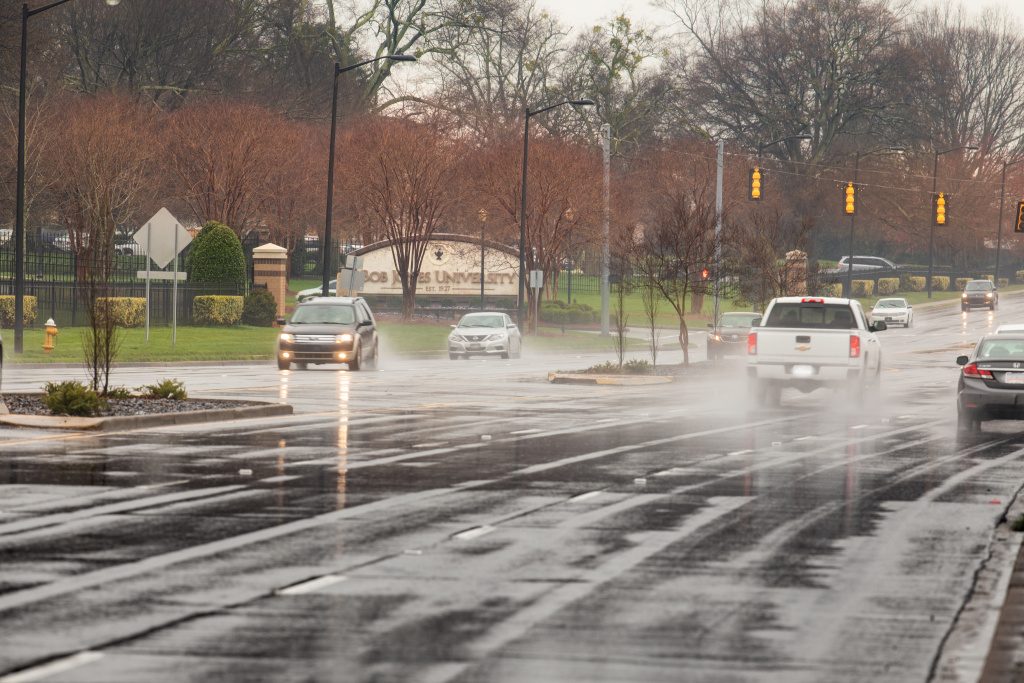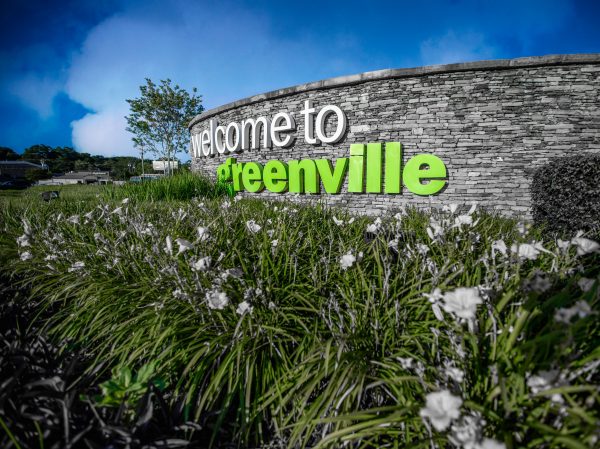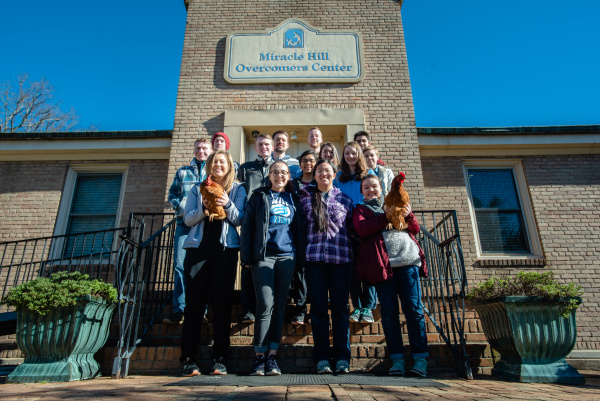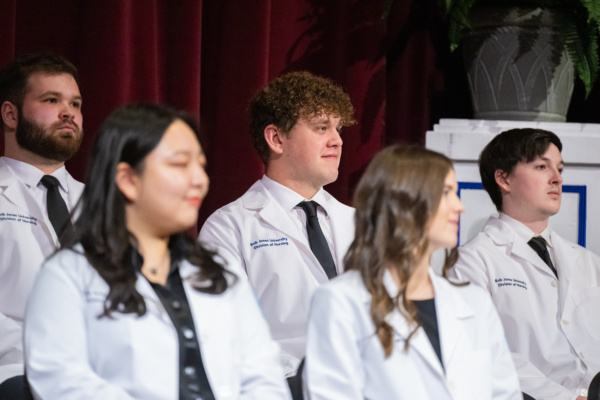Sweeping functional and aesthetic revitalization of Wade Hampton Boulevard within the city limits over the next decade is the main objective of a master plan adopted in principle last week by the Greenville City Council.
The 2-mile stretch of six-lane highway serves multiple purposes, including as a gateway to the thriving downtown, commercial zone and neighborhood connector. Nearly one-third of the population of the city of Greenville lives within a 5-minute drive of the vehicular artery.
Since 1946, Bob Jones University has anchored the northern boundary of Wade Hampton Boulevard within the city limits. A major mixed-use development, NorthPointe, which is scheduled to be completed in 2020, represents the terminus of the corridor at Church Street and Stone Avenue.
“From meeting one, everybody made it clear that Bob Jones University was an incredible anchor; that if Wade Hampton Boulevard looked like Bob Jones University they wouldn’t need to do anything,” said Randy Page, BJU’s chief of staff and director of public relations, who represented the University on the Wade Hampton Boulevard Strategic Plan steering committee.
Something for Everyone
The strategic plan identifies projects and opportunities in short- (1–5 years), medium- (5–10 years) and long-term (10–15 years) stages. In broad terms, the plan calls for:
- Enhancement of the overall appearance as a key gateway into downtown
- Improvement to and creation of gateways into neighborhoods
- Smoothing out traffic patterns for efficiency and safety
- Enhancement of pedestrian and bicycle use walkways and paths
- Fostering economic development
- Making public transportation more accessible
In 2014, city workers planted more than 250 trees along Wade Hampton Boulevard and replaced street lights. Another layer of streetscape, in addition to a 16-foot-wide landscaped median, is recommended to recreate the boulevard effect that was in place until the late ‘70s.
Involved from the Start
BJU has been involved in the Wade Hampton Boulevard Strategic Plan since its April 2018 inception, including hosting a public input meeting. In total, more than 20 stakeholder and public meetings were held, in addition to an online survey, before the City Planning Commission made its recommendation January 17 to City Council to adopt the plan as a flexible framework for redevelopment.
“There was some great give and take along the way, trying to get to common ground to make it work for the City of Greenville, for visitors who come to BJU or the city, and for our students to be more actively involved in the city because they really enjoy seeing our students getting involved in community service and being able to offer them even more accessibility to downtown,” Page said.
“You read a lot about the strain between colleges and cities, but I think we’ve been able to have a very good relationship with the city and that it will continue.”
Enhancing the University’s Connections
Aspects of the plan, including landscaping, public artwork and a walking/bicycle path, will complement BJU’s long-standing investment along the boulevard and improve the University’s connection to downtown.
“More and more prospective students are looking at ‘what can I do? What does it look like?’ and on many of our tours we’re taking prospective students to downtown Greenville,” Page said. “It’s not only what’s on campus but what’s around campus. When prospective students visit BJU from around the world and see what Greenville has to offer for its size, I think it has contributed a lot to students wanting to attend Bob Jones University. That’s something that you didn’t see 10 to 15 years ago.”
Experience BJU: Visit campus
Specifically addressing BJU, safety improvements to pedestrian crosswalks on either side of the University entrance and installation of additional streetscape fronting the BJU Education Group parking lot have been identified as short-term objectives.
“[The steering committee] felt that signage along Wade Hampton needed to be improved, lighting needed to be improved, and painting the piano key crosswalks isn’t an expensive thing to do,” Page added. “Just looking at it from a common sense perspective, that should be an early thing that is done.”
Hotel a Viable Opportunity
Among the longer-term opportunities is the construction of a multi-story hotel and parking garage in the existing parking lot of the BJU Press and Educator’s Marketplace. Discussions between key stakeholders and the steering committee identified the need and indicated that a medium-priced hotel chain dwelling that would serve both the University and visitors who might not prefer downtown short-term lodging is viable in the market.
“There have been some preliminary meetings with a developer,” Page said. “There is still a lot to go through to make it happen, and is that the best place for it? Is there somewhere else on our property that would work well? The city wants to have a mid-priced hotel just outside of downtown, and with so many visitors coming to campus that need hotel rooms that are close to campus, the need is there. We’d like to see it sooner rather than later.”
Road realignment
With the construction of Wade Hampton Boulevard, some existing roads were severed or realigned. Among them is White Oak Road, which intersects with Wade Hampton Boulevard at an angle, across from the BJU entrance. Traffic crosses through the property of White Oak Baptist Church close to the outdoor play area for the church’s daycare.
The strategic plan recommends exploring realignment of White Oak Road and another cut-through, White Oak Drive, to create more logical turn movements.
Part of a Longer Highway
Known locally from Greenville through Greer as Wade Hampton Boulevard, U.S. 29 was South Carolina’s first multi-lane “superhighway.” When completed in 1927, connecting Greenville and Spartanburg was the primary objective of the 36-mile stretch.
Construction of I-385, which bisects the north-south I-85, has reduced dedicated Greenville-Spartanburg auto congestion on U.S. 29, though local traffic continues to increase.
U.S. 29 in South Carolina is part of the 1,036-mile north-south national highway that runs between downtown Pensacola, Florida, and Ellicott City, Maryland.








